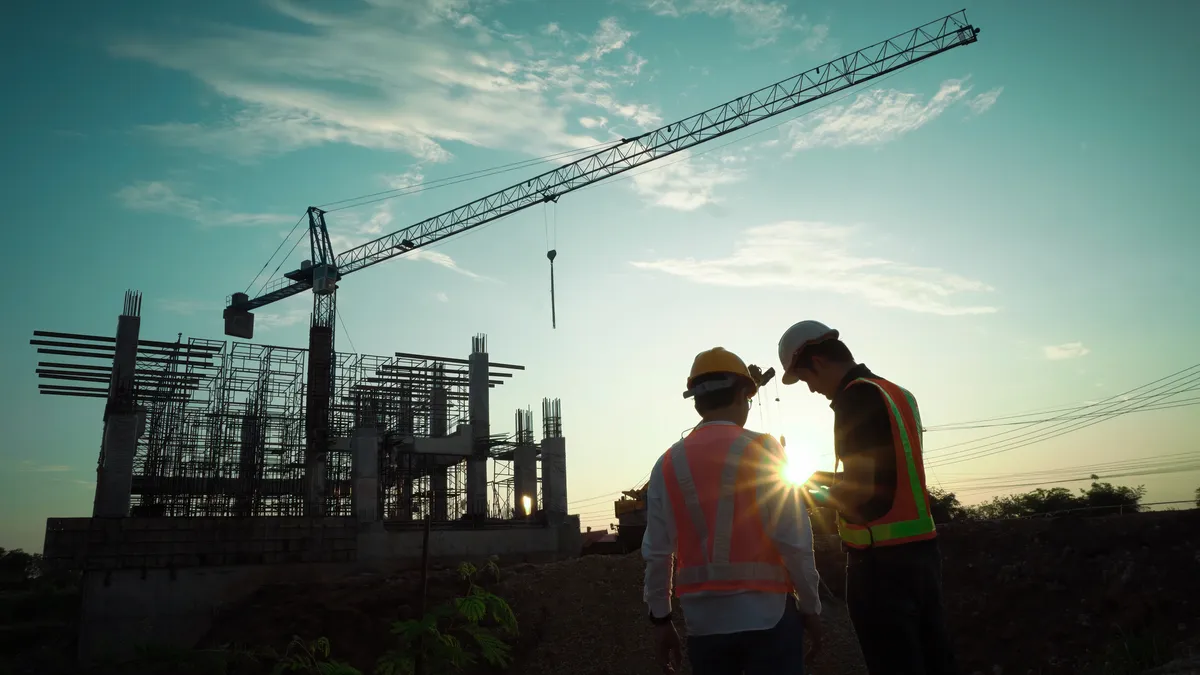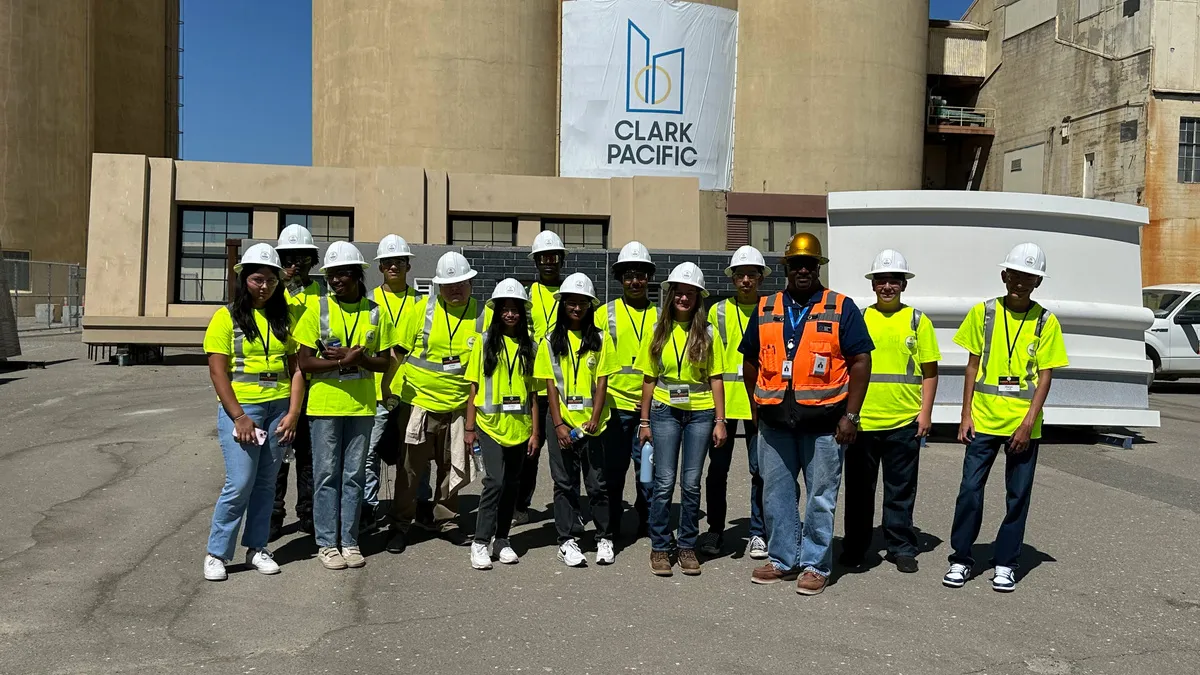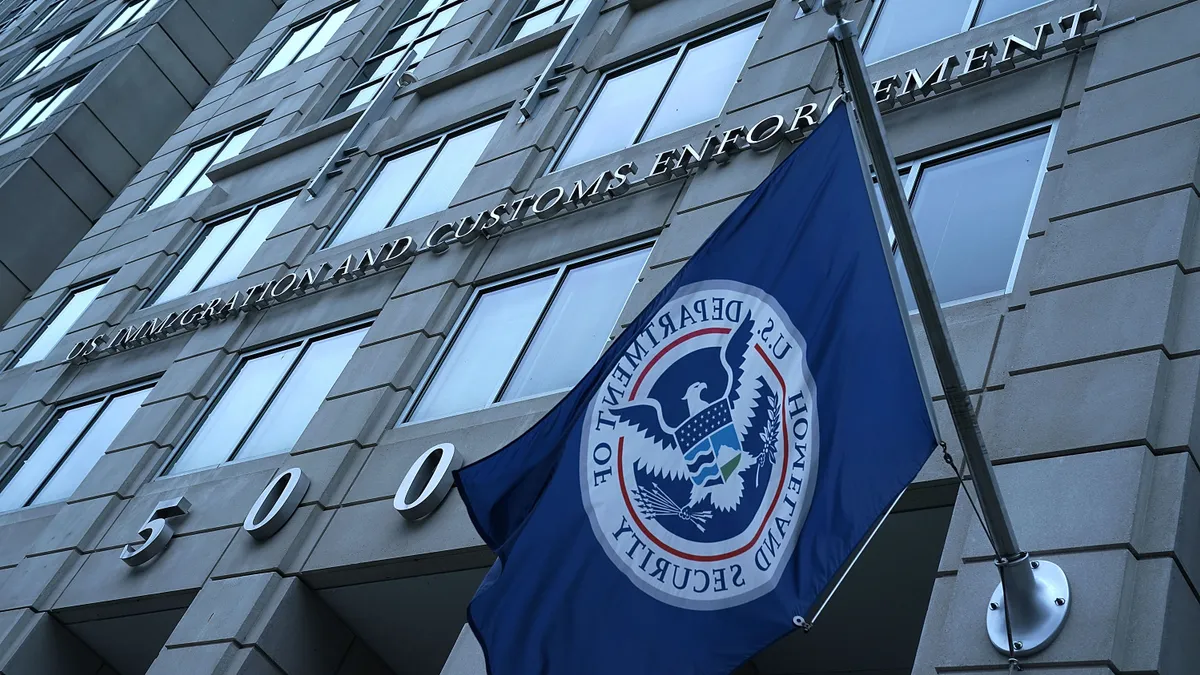From February 2020 to February 2022, Google searches for same-day mental health services and centers for workplace mental health each grew by 1,300% and searches for “how to ask for a mental health day” grew by 1,000%, according to marketing platform Semrush. Searches for mental health strategy increased by 133%, mental wellness by 52% and emotional well-being, 23% during this same pandemic period.
These numbers show “the after-effect of people working extremely hard over the last couple of years, dealing with huge amounts of change,” said Nick Taylor, clinical psychologist, CEO and co-founder of Unmind, a London-based workplace mental health platform. "As they serve others, a lot of people relegate self-care. This is often fine episodically, but prolonged periods of neglecting self-care can turn small issues into more serious problems, which require serious help.”
For HR professionals and business leaders, this means understanding the added dimensions of mental health unique to the workplace, including among working parents of young children.
Understand unsustainable situations
Mae Singerman was director of operations for an organization that worked to expand the social safety net for long-term care. She ran almost every meeting she attended, supervised staff and consultants, tracked and managed a $6 million budget, rolled out new policies and helped to facilitate organizational changes.
“I also had started to work late at night, was eating at 10 p.m. I was worried and anxious about work all the time, even outside of work hours. I stopped moving,” she explained in an email to HR Dive. Contemplating her future back then, Singerman said, “the last thing I would want to do every day would be to work this job. I just knew I was done.”
Singerman, who lives with her husband and "the chaos of a 4- and 6-year-old" in a small New York apartment, is caregiver both in and out of the home — coordinating care for her mother in Florida and traveling to be with her for a few days each month. Though she had considered leaving her executive role for some time, ultimately it was a series of family and health-related events that prompted the decision. After her own appendectomy and a false alarm about cancer — a scare heightened by the fact her father died of cancer when she was 11 — Singerman said, “I just realized, I wanted a change and to live differently. I don’t want to grow or train right now. I just want to be."
Since fall last year, Singerman has served as administrative project manager at Showing Up for Racial Justice, a national organization that encourages White people to fight for racial and economic justice. “I'm basically a glorified administrative assistant,” she said, and overqualified for the job.
“I'm still the kind of person who is looking for validation through work,” she said, but “I cannot imagine going back to a job with high stress levels anytime soon,” not even for the positional power she had before. “I’m really happy with the change. I was able to add a lot more structure back into my life. ... I now work out in the morning. My overall health and mental well-being is better.”
Mother of two, Rachel Skybetter, works in ed tech communications. She said there’s a disconnect in the workplace between business leaders and employees. “My daughter just turned 4 and my son just turned 8 months,” she said. “When they are both home, it’s a tornado, and my attention is split in 100 different ways. …The deadlines aren't changing, and the meetings aren't moving.”
Skybetter’s experience echoes findings of The 2022 State of the Workplace report from workforce analytics platform ActivTrak, which showed collaboration tools interrupt employees an average 70 times per day, accounting for 21% of distractions. It’s “work about work” — the incoming notifications generated by email, meetings and productivity tools and responses to those things — that can bring a sense of running in place, especially for workers already in a cycle of catch-up, feeling a sense of underperformance and overwhelm.
Essentially overnight, lines blurred between our work and home lives, leading to longer hours and difficulties with establishing boundaries, said Megan Smith, vice president and head of HR, North America, at SAP. “Our kitchens became our offices, family rooms turned into day cares,” Smith said, “and this shift, in some cases, was permanent. It’s impossible to completely compartmentalize stress” — especially when there’s just no time to “punch out.”
The ActivTrak report shows the spiraling effects: “Deep work” is compressed to 14-minute sessions on average, and tasks requiring extended focus are pushed outside regular work hours — to times meant for family and recuperation.
Skybetter described what has been the futility of time off. “When I take days off, I'm not going on vacation. I'm not doing anything relaxing. I'm actually probably looking forward to working, right? — because it means my kids are at day care, and my house is quiet.”
Splitting child care responsibilities with her husband who also works from home, Skybetter said they’re privileged to have advantages that many families don't. “But it bothers me that I have an 8-month-old strapped to my back, and I'm trying to work.” When she first spoke with HR Dive in January this year, Skybetter hadn’t slept through the night since March 2021.
For many workers, especially parents of school-aged children, these issues have come to a boiling point. The ActivTrak report indicates increasing work-life balance, and yet “34% of employees continue to be overutilized at work, spending more than 75% of their time in this state.” Smith said there’s no denying the realities and struggles of worker burnout as significant contributors to the drop in employee engagement and the rise of the Great Resignation.
In a recent update, Skybetter said COVID-19 had hit her household, and “gosh, I mean, you think you know fatigue and then you have COVID, have to work, AND handle two littles at the same time, without being able to leave the house. Even just for Starbucks or something. It’s physically draining, yes, but the mental anguish is tough. I felt hopeless some days … and it felt like it would never end,” said Skybetter.
But it did. “I took a few half days. Worked some nights. Here I am two weeks later" — days ahead of her son's first birthday — "and it feels like a blip." She said she's in better place, and "lucky to have unlimited PTO, but I do wish I could specify it was for COVID leave.”
Consider policy changes for employee well-being
Neither Skybetter nor Singerman want to villainize their employers, and both offered advice to companies interested in supporting the well-being of employees and their families.
Skybetter said, when “a parent is out for both COVID and simultaneous caretaking duties,” there’s no way to specify the type or reason for the time away from work. Pointing to her husband’s employer who lets employees differentiate types of leave, Skybetter suggests other employers expand system capabilities to do the same.
Singerman offered three suggestions to help workers deal with stress and mental health issues:
- Whole office shut-downs. “I think one of the best things employers can do is offer multiple times per year when the whole office shuts down. Everyone is tired and overwhelmed. Everyone wants a break.” When everyone is off at the same time, employees will appreciate “not coming back to a mountain of work.” These closures can lift morale and become occasions to plan around with happy anticipation, she said.
- Cost-of-living adjustments. “I think COLAs are really important for employee mental health. It shows [employers] are committed to the whole workforce.”
- Message schedulers. Singerman said managers working at night should schedule messages for delivery the next morning. This will alleviate pressure employees feel on receipt of “email, text messages and phone calls from senior leaders after work hours, or at all hours on weekends.” Acknowledging this could be difficult for organizations with a workforce across different time zones, she said most supervisors should nonetheless "be aware of their employee's schedules and respect them.”
These problems are intertwined and present a positive opportunity to rethink work as a first step, Rep. Ro Khanna of California said during the recent Workers and the Corporate Values Revolution conference, hosted by From Day One, a conference series and media outlet.
“You don't need the 9-to-5, or staying long hours just for face time,” said Khanna, who wrote the book “Dignity in a Digital Age.” These actually may not be the most productive ways to work, and beyond that, there’s a need to prioritize greater workplace flexibility.
Conference speakers agreed the pandemic has prompted increased transparency, better language and more discussion in the workplace around mental health. But employee well-being is closely tied to employee experience, and employee experience can comprise highly individualized elements of race and age, parental and marital status, gender identity, paid leave, and more. It became clear during conference sessions that the nuances of employee well-being require a specialized approach.

Recognize employee apprehension about workplace settings
A July 2021 survey from The Conference Board that found employees who were apprehensive about returning to offices had also “expressed greater concerns about mental health, stress, and burnout.”
Meanwhile, a University of Phoenix Career Optimism Index released in February revealed that 62% of respondents who were “not hopeful about the future of their career were actively looking or expecting to look for new jobs.” A greater share (69%) responded “if things would change at my job, I would consider staying,” but 1 in 3 employees said they would quit their current jobs without securing another.
Taylor, the clinical psychologist, said because of “the reactive nature of traditional employer-provided mental health resources — like EAPs and occupational health — people end up not seeking care until symptoms have become overwhelming. And because the topic of mental health and illness is still taboo within many company cultures, many employees struggle to ask for help.”
Find a new perspective on employee recognition
“Just seeing your employees” is a type of employee recognition that’s urgently necessary in today's atmosphere, said Gabriela Mauch, vice president of Productivity Lab at ActivTrak.
She discouraged the often rote, unilateral traditions of leadership that don’t recognize people as individuals.
Addressing employee burnout, she suggested managers rely on tools that alert them when employees are working well over their typical hours or through the weekends.
This will help managers to facilitate the right conversation at the right time, said Mauch, and to step out of "the robotic nature of 'hey, how are you doing? Okay, good. What are your tasks today? That’s putting someone in a cadence. That's what you want to avoid. When we're spending all this time thinking about how we can train and develop our managers to listen, we need to think about the other side of the equation, which is how we can empower employees to speak, perhaps by simply asking ‘Are you okay?’”
SAP's Smith said that while it may seem obvious, “it’s so critical to devote time, resources and budget to get an accurate read on how employees are doing.”
Lead with compassion amid competition
There’s an important link between workplace compassion and workplace competition. “You certainly don't want to facilitate a cutthroat workforce” as an inadvertent consequence of benchmarks and rewards, said conference moderator Emily McCrary-Ruiz-Esparza.
“It's that platinum versus golden rule,” said Sarah Bartas, vice president, HR corporate at Stanley Black & Decker. “The golden rule is to treat others as you wish to be treated, but it's really [about] the platinum rule — treat others as they wish to be treated. Meet them where they are. Are they someone that is introverted, where you have to create a different kind of space for compassion versus … that vocal person in the room, and you've got to find a different space for them? It's common sense, but it's not common practice.”
Scott Nycum, vice president for inclusion, diversity and giving at General Dynamics Information Technology, offered what he called a hack — as “an optimist but also an incrementalist.”
“Hacking innovation-compassion could look something like this: When someone has a success, the debrief is naming who helped you. It gets the brain to [acknowledge] ‘I didn't get here alone’ and it changes the tone and tenor of culture on a team. We ask that question no matter what.”
Even in situations of apparent failure, Nycum said the question is asked: “Who helped you to get back up when you failed?” Though he called it a small thing, Nycum said he’d rather have every team at General Dynamics make this 2% shift in focus — a move he said could help build trusting workplace relationships and re-energize teams, wherever they may be in the world.
Remember each day is a day for mental health
Not just during May — Mental Health Awareness Month — but everyday, mental health and workplace well-being demands awareness, sources say.
“It’s important," Smith added, “that employers do not view mental health as a check-the-box exercise when approaching solutions. Addressing mental health in the workplace should take a multi-faceted and integrated approach.”
Correction: An earlier version of this story included an incorrect timeline for Singerman's personal loss.


















